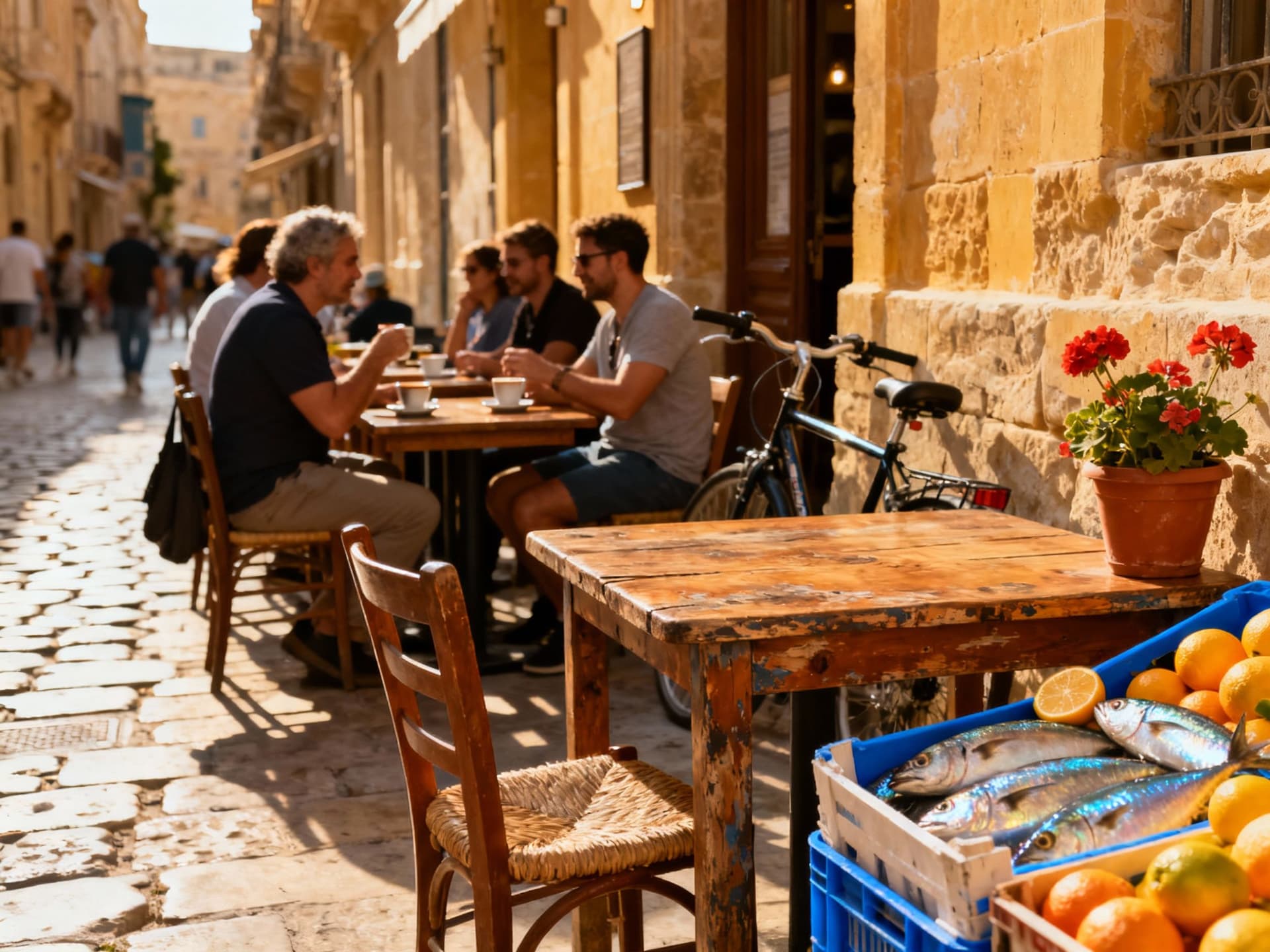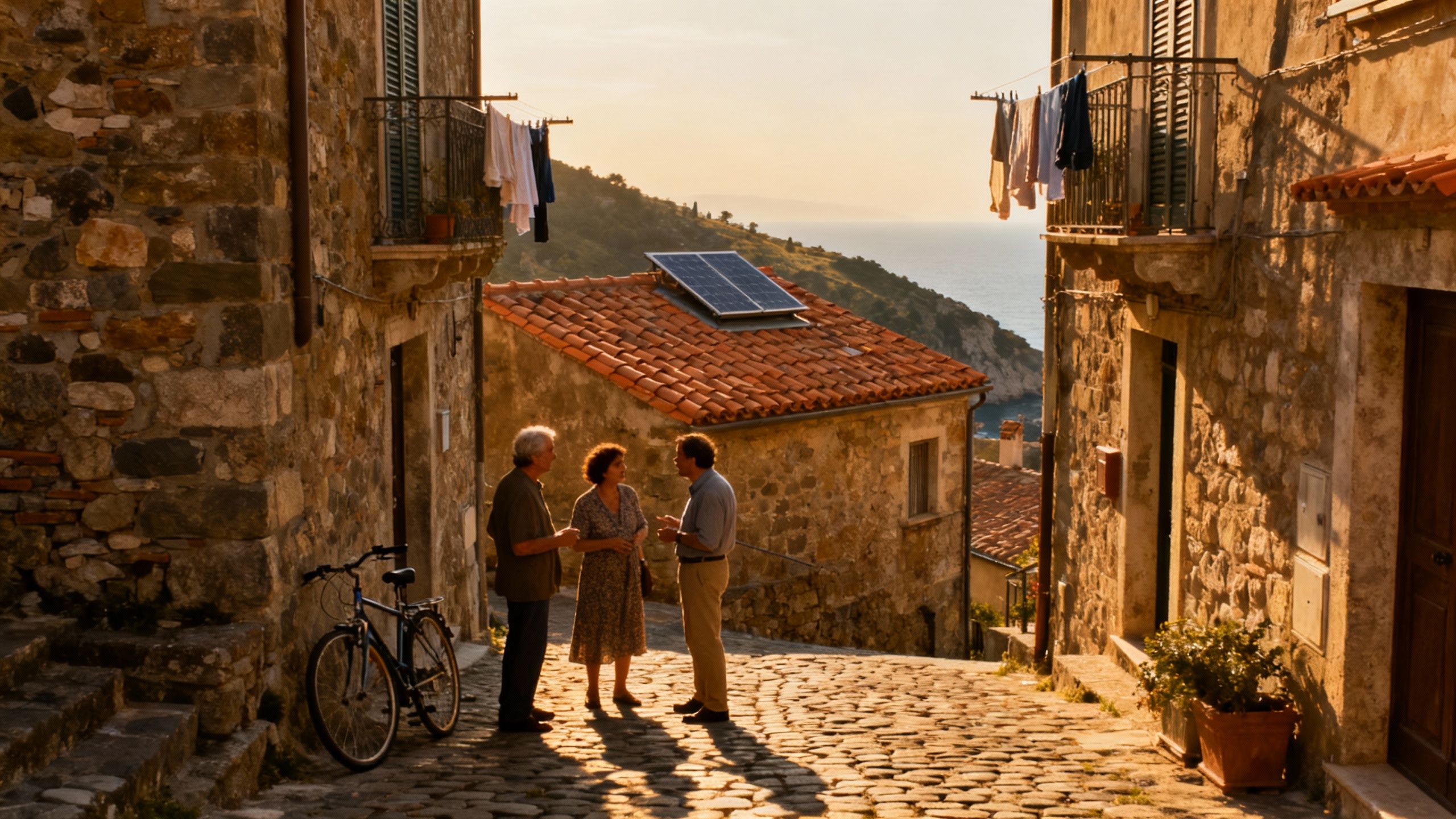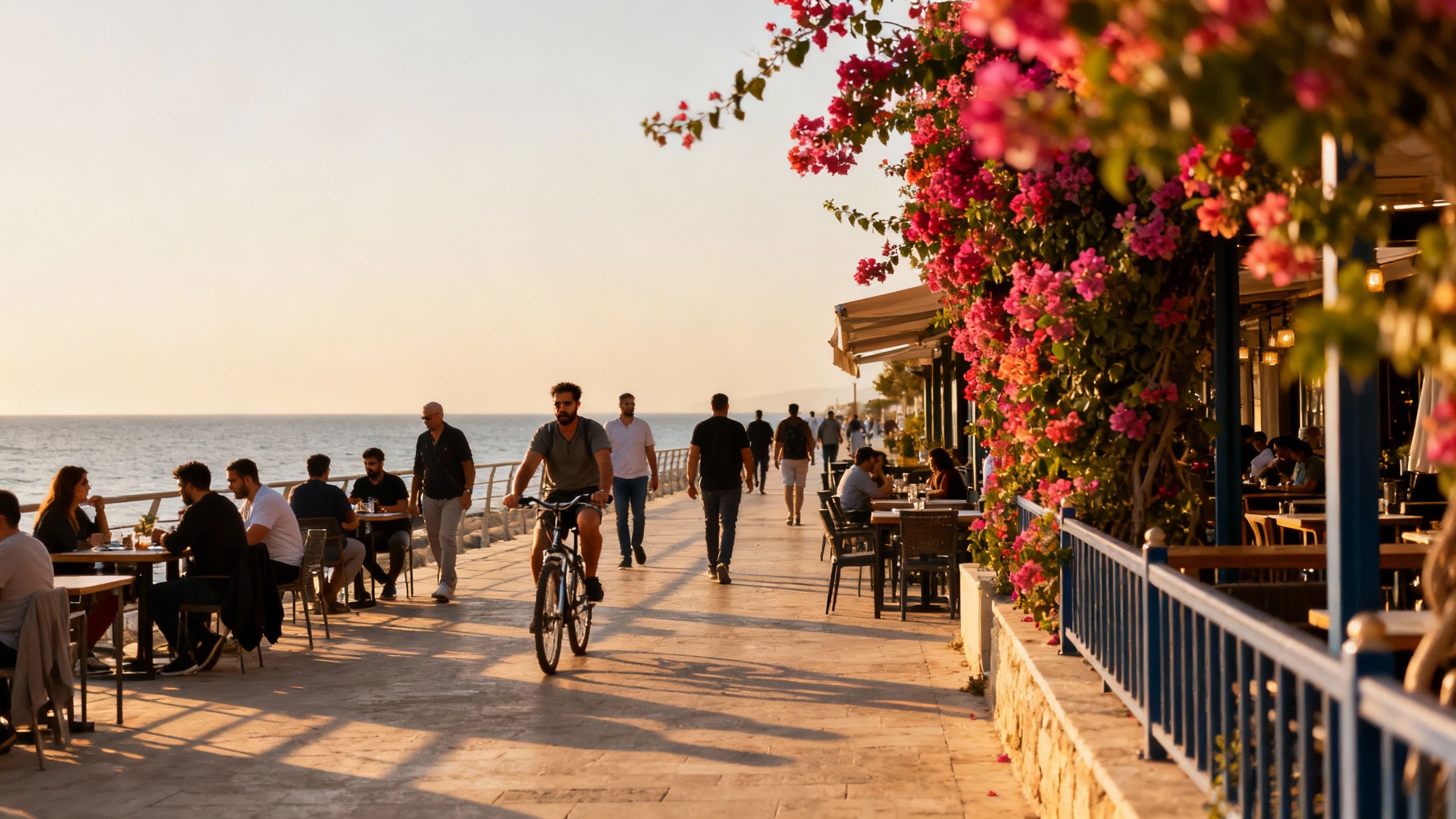Promenade or Garden: Where Malta’s Value Hides
Malta compresses coast, culture and green living—match promenade energy with Gozo’s quiet and use conservation grants to retrofit historic homes. Recent reports show persistent demand and price growth.
Imagine waking to the sound of gulls over a limestone bay, sipping espresso at a rock‑lined terrace in Sliema, then driving twenty minutes to an orchard of carob and fig trees on Gozo where the sea smells of salt and wild thyme. Malta compresses coast, history and green quiet into a single day—an intensity that makes life here vivid and deceptively compact.
Living Malta: compressed landscapes, layered days

Malta feels like a cluster of villages with the heartbeat of a small capital city. Mornings begin with bakeries in Valletta and Msida filling the air with warm bread; afternoons spill into seafront promenades in St. Julian’s and St. Paul’s Bay; evenings are for slow risottos and a walk around the silent streets of Mdina. The island’s density—just 316 inhabitants per square kilometre—means every trip is short, every neighbourhood quickly known. Local rhythms are shaped by the Mediterranean climate and a culture that blends Maltese, Italian and British inflections.
Neighborhood spotlight: Sliema & St. Julian’s — the sea‑side hum
If you want a morning espresso with a sea view and a walkable grid of cafés, Sliema and St. Julian’s deliver. Expect polished promenades, apartments with sweeping terraces, and a steady stream of international residents. These are the addresses that headline price indexes and attract the short‑let market; they’re lively, convenient, and sometimes louder than you imagine after sunset.
Neighborhood spotlight: Gozo & Mellieħa — the green counterpoint
Gozo, Mellieħa and northern coves are where you feel Malta’s old rhythms: terraces hung with drying herbs, limestone farmhouses, and coastal footpaths that dissolve into garrigue. Properties here lean into outdoor living—roof terraces, pergolas, and gardens of native shrubs that need little irrigation. If sustainability matters, these areas reward buyers who want sun, space and an immediate relationship to the sea and soil.
- Lifestyle highlights to taste Malta’s layers:
- Morning espressos at Café Jubilee (Valletta) and strolls along the Sliema promenade
- Saturday fish market in Marsaxlokk followed by a late lunch in a seaside mezzanine
- Sunday hikes from Ghajn Tuffieha to Golden Bay and cliffside picnics with wild thyme
Making the move: lifestyle needs meet market reality

Dreaming of terrace dinners and cliff walks is the easy part; aligning that dream with Malta’s tight market takes care. Recent industry reports show continued demand and price growth—particularly in central and northern harbour areas—so matching lifestyle priorities against price pockets is essential. Think of the search as a trade‑off between immediacy (promenade life) and space (rural plots and character houses).
Property styles that shape daily life
Apartments and penthouses near the sea suit buyers who want low‑maintenance, walkable life and short commutes. Farmhouses and houses of character in Gozo or Rabat give you private gardens and room for permaculture projects but require more upkeep. New builds offer modern insulation and better energy performance; older stone houses carry thermal mass and charm but may need sympathetic retrofitting to be truly green.
Working with local experts who care about place
A local agent who knows where the orchards meet the coast, and who can point to properties with south‑facing terraces, cisterns or planning permission for solar, becomes a lifestyle architect. Look for agencies that understand emphyteusis, conservation zones, and Urban Conservation Area grants—these details change what you can restore and how much support you may receive when renovating older properties.
- Steps to marry lifestyle and market sense:
- List your non‑negotiables (outdoor space, sea view, walkability) and rank them by daily impact.
- Visit contrasting areas in one trip—Valletta/Sliema for vibrancy, Gozo/Mellieħa for green space—to feel real tradeoffs.
- Ask agents about UCA grants and stamp duty relief for first‑time buyers; these can change renovation budgets and timing.
Insider knowledge: what expats say (and wish they knew sooner)
Expat veterans nod to three surprises: the speed at which small islands change (new developments arrive fast), the true cost of convenience (promenade prices), and how policy shifts—like the EU court decisions on Malta’s citizenship‑by‑investment history—reshape buyer expectations. Many wish they had spent more time in quieter towns before committing to headline addresses.
Cultural cues that affect daily life
English is an official language and used across services, which smooths early transition. Still, local networks form through patronage of cafés, volunteer festa committees, and village band clubs—joining these small rituals accelerates belonging. Expect a friendly directness and a culture that values gatherings around food and church square events.
Long‑term life: seasons, stewardship and sustainability
If you plan to stay, think beyond rooftops: water capture, native planting, and passive cooling matter. Recent budget incentives encourage restoration in Urban Conservation Areas and offer VAT/refunds for sympathetic renovation—practical help if you want to restore a stone house into a low‑energy home while keeping its character.
- Red flags international buyers should watch:
- Promenade prices that outpace local rents—check yields if renting or short‑letting is part of the plan.
- Properties listed without clear emphyteusis status or UCA constraints—these affect title and renovation rights.
- Over‑polished photos hiding small‑print liabilities—ask for recent energy reports and building surveys.
- Practical next steps to begin a confident search:
- 1. Spend at least one week living like a local in two different areas (coastal and rural).
- 2. Engage an agent with conservation and emphyteusis experience, and request energy/structural surveys before offers.
- 3. Factor in renovation grants and UCA incentives when budgeting: they can materially change your net cost.
Malta seduces quickly. But the most contented buyers are those who matched the island’s intensity to their tempo—choosing the right street, the right sun angle, the right balance of sea and soil. When you pair that clarity with local expertise on permits, emphyteusis and conservation grants, you buy more than a home: you buy a sustainable life in a very small, very alive country.
Dutch property strategist who helped 200+ families find sustainable homes in southern Europe; expert in legal pathways and long-term stewardship.


